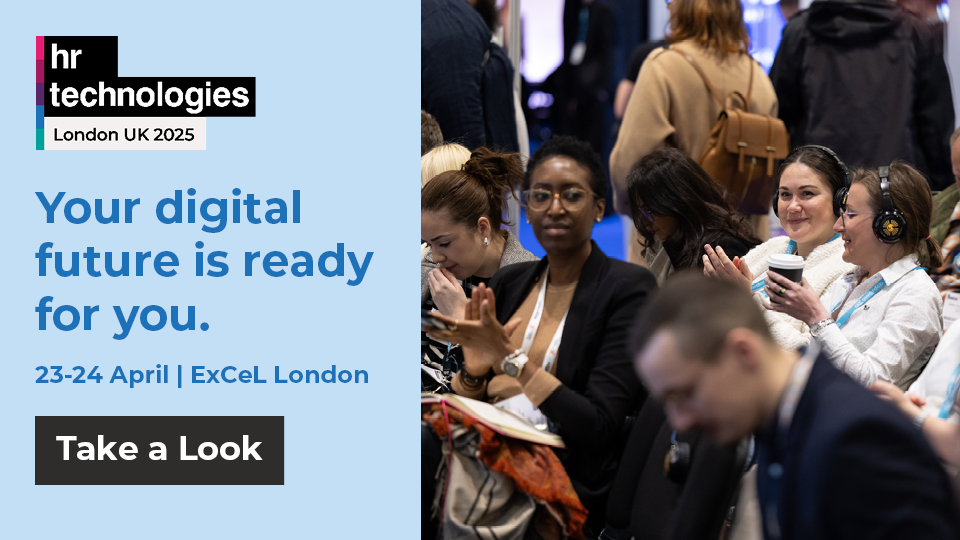Companies have already started improving the customer experience using AI technology and now it’s time to utilise that technology to enable employee self-services as well.
The next big tactical battleground, according to Gartner, Forbes and others, is employee engagement and improving employee experience (EX) with HR services.
For a company to grow, it must invest in the wellbeing of its employees. If there is a lack of manpower and unhappy employees, companies will start to lose customers.
Retaining talent in the organisation is just as profound as building and maintaining customers – without employees an organisation will simply cease to exist; therefore, creating a compelling EX will help to attract, engage and retain the best talent available.
A good EX platform will also help build a strong corporate culture and raise employee satisfaction and loyalty, ultimately improving more concrete metrics such as productivity and revenue. This is why it is the next competitive frontier.
Personalising the employee experience
Deploying an EX strategy is more than just allowing employees to access services quickly.
Employees need more than customers, as they must feel that they are part of the winning team, working at the best company and are integral to the organisation’s brand, culture, community and ethos. They must believe that they are the brand, and to do that the EX programme has to merit the services of each employee.
Consequently, EX is about the daily experiences a company offers its employees, the ones that make them feel valued and empowered, whether they’re booking leave, querying their pay cheque or configuring meeting room facilities.
One effective way this can be done today is by simplifying employee access to HR services and giving them direct access through conversational voice and text chat – ‘personal or virtual assistants’, also known as ‘chatbots.’
Chatbots at your service
Natural language and AI technology has matured to such a degree that many people comfortably engage with it on their mobiles and home devices. Embedding chatbots into a HR services portfolio is, therefore, a natural progression.
Chatbots can also make a tangible difference to the employee’s day-to-day life, solving the problem of manual or even digital HR processes that are slow, complicated or inadequate.
For example, chatbots can act as virtual assistants, providing simple and on-demand, FAQ-style answers to common staff questions, such as ‘how many days holiday do I have left?’
Chatbots have the ability to turbo-charge a HR service desk and solve the common issue that many businesses face: an overwhelming number of requests and a lack of time to satisfy them.
Its embedded intelligence enables a contextualised response for everything from payroll cut-off dates to facilities information, hours of work, or how to complete particular HR processes, making it really useful for times when HR personnel or resources are under pressure – for example leading up to holiday periods, payroll or expenses deadlines.
Chatbots can also help address the challenge of not having enough available HR staff, or ones who can respond to more in-depth employee requests in a timely manner, offering a more transactional service that requires a database lookup to backend systems.
It can help with things like employee leave balances, booking holiday between specific dates, or scheduling meetings by knowing which team members are in or out of the office. By text and voice-enabling these services, you can enhance the employee experience and put them in charge.
As well as serving existing employees, virtual chatbot assistants can help to on-board new staff, answering candidates’ questions on policies, procedures, building facilities, acronyms and so on.
A powerful use-case for candidate chatbots is automated interview scheduling. It’s a great help to resourcing personnel and, when coupled with a FAQ facility, introduces prospects to the company’s brand, culture and processes.
Building employee or HR portals
Ideally, the EX will become the heart of any HR strategy. The big advantage of chatbots is that they support and drive employee-centric services.
By building employee or HR portals and service desks that use chatbots, companies can provide a consistent, branded and integrated end-user experience: one that gives a modern feel to the organisation and simplified on-demand access to services, 24/7.
Text or voice-enabling these services makes them simpler to use, as there’s nothing more natural than having a conversation.
Automation, intelligence and giving employees more direct access to services can be challenging and require a pragmatic approach to how HR can be repurposed with technology.
Furthermore, chatbots have the ability to turbo-charge a HR service desk and solve the common issue that many businesses face: an overwhelming number of requests and a lack of time to satisfy them.
Chatbots typically resolve 50-80% of common enquiries, liberating employees from waiting in a queue or listening to terrible hold music.
More importantly, they lower the service desk costs and free up HR personnel by bringing process efficiencies that allow HR to focus on value-added work instead.
Intelligent virtual assistants
The best virtual assistants or chatbots available today are cloud-based, using tried and tested programmes that make them reliable and effective.
For example, chatbots that use the same AI-powered natural language voice and text found in leading consumer AI assistants are simple to train and become intelligent the more you use them.
Another big advantage of virtual assistants is their versatility. Once a chatbot application has been built, it can be used with phones, mobiles, tablets and on desktops – a ‘develop once and run everywhere’ concept.
Be prepared to change
From an organisational perspective, leveraging new technologies like AI and chatbots may well require a change in thinking for HR and the business at large.
Automation, intelligence and giving employees more direct access to services can be challenging and require a pragmatic approach to how HR can be repurposed with technology – so be prepared to change.
This may even lead to new roles and departments within HR for forward-thinking organisations that have a holistic vision about employee experience (EX).
For example, direct access to HR could generate valuable insights that lead to new, better, more intelligent services such as roles merging or changing as chatbots bring automation and fresh life to traditional HR disciplines.
A great example of this can be seen at Airbnb, where their Chief HR Officer became their Chief Employee Experience Officer, with new roles appearing elsewhere such as Head of Employee Experience, Director of Employee Engagement and HR Data Analyst.
At the end of the day, chatbot-enabled HR services provide an opportunity for HR/ HR information security professionals to innovate, lead their industries forward and gain competitive edge.
Companies have almost likely transformed the customer experience by now, so it’s time to do the same for their employees.
Want to learn more about utilising AI in the workplace? Read how to Embrace AI to close the skills gap.










